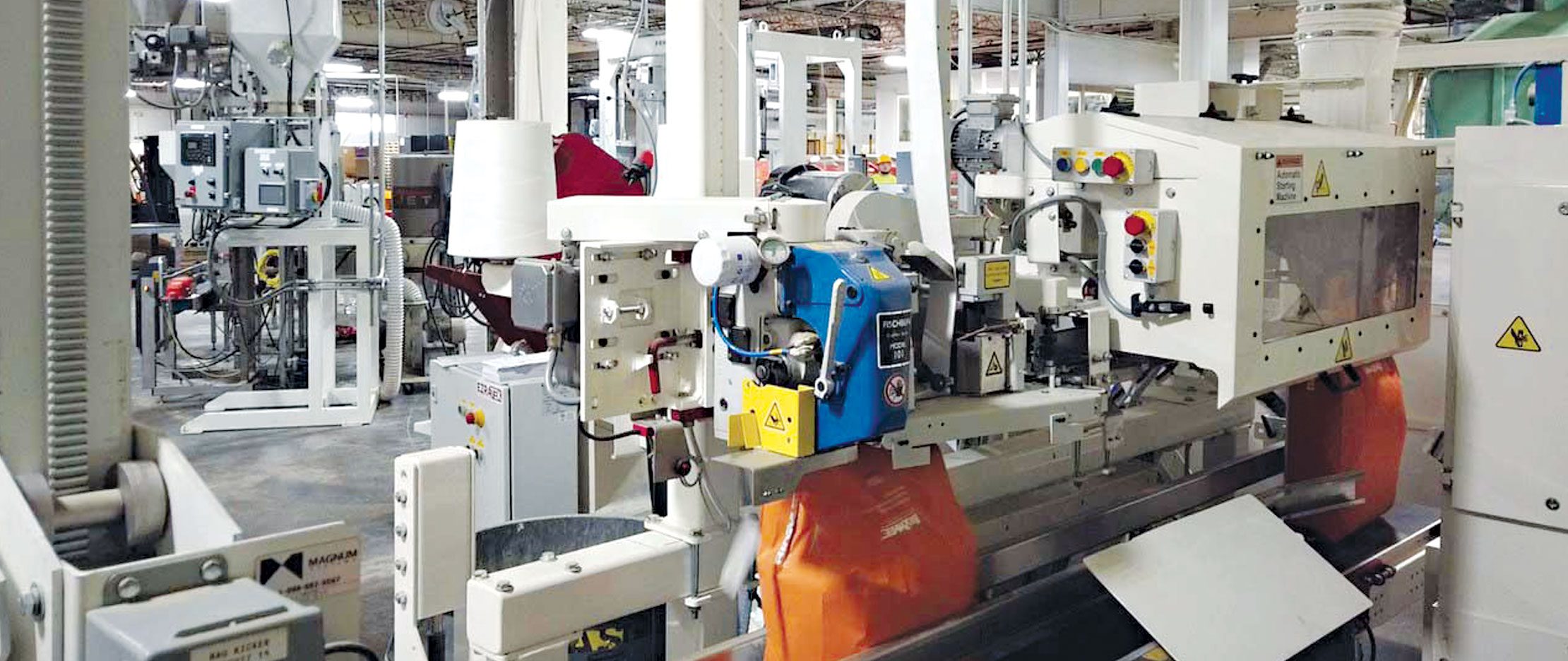
An integrated system—a total manufacturing system incorporating legacy and leading-edge equipment and technologies—is a significant investment that often promises increased efficiency and more streamlined processes. However, many companies make critical errors during this process that can lead to costly setbacks.
As a systems integration expert, Magnum Systems has seen several common pitfalls companies encounter when introducing an integrated system. By understanding these mistakes early on, businesses can make more informed decisions and avoid headaches and hiccups on the road to integration and automation.
Let’s take a look at several of the most common mistakes so you can avoid them:
1. Lack of Clear Objectives
Before embarking on a systems integration project, it's essential to have well-defined goals and a strategic plan in place. Measuring success and ensuring the new system addresses your specific needs is difficult without clear objectives. Companies often make the mistake of pursuing integration solely for the sake of modernization and don’t focus enough on starting with a strategic plan. To avoid this misstep, be proactive and thoroughly outline the expected outcomes and benchmarks for the project.
2. Underestimating the Importance of Proper Planning
Systems integration involves multiple stages, including planning, configuration, testing, and implementation. Many companies fail to grasp the process's intricacies and underestimate the time and resources required. To navigate these systems' complexities, set realistic timelines and develop detailed project plans.
A well-designed integrated system requires careful consideration of current processes, future needs, and potential challenges.
Critical steps for proper planning:
3. Overlooking Employee Training and Buy-In
Implementing a new integrated system is not just about the technology; it's also about the people who will use it. Training end users is one of the most overlooked aspects of integrating a new system. An advanced integrated system is only as effective as its users' ability to navigate and use it efficiently. Companies often make the mistake of investing heavily in technology but skimp on adequate training programs. Investing in detailed training sessions can significantly improve user acceptance and system effectiveness.
Best practices for employee engagement:
4. Overlooking Scalability and Future Needs
Many companies focus solely on their current requirements without considering future growth or changes in their industry. This short-sighted approach can result in systems that quickly become obsolete or require costly upgrades.
Factors to consider for scalability:
5. Missing the Importance of Data Integration
In today's data-driven world, failing to integrate data across different systems can lead to inefficiencies and missed opportunities. A truly integrated system should seamlessly connect all aspects of the operation, from material handling to packaging and beyond.
Benefits of comprehensive data integration:
6. Choosing the Wrong Integration Solutions Partner
A successful integration should seamlessly connect with existing systems and processes. However, some companies fail to consider compatibility issues, resulting in disruptions and additional costs. Conduct thorough compatibility checks and work with experienced integration specialists to align new systems effectively with your current infrastructure.
Selecting an inexperienced or incompatible system integrator can lead to costly mistakes and suboptimal results. It's crucial to partner with a provider with a proven track record in your industry and understand your specific needs.
Criteria for selecting the right partner:
7. Failing to Consider Total Cost of Ownership
Many companies focus solely on the initial purchase price of an integrated system without considering the long-term costs associated with maintenance, upgrades, and potential downtime. This oversight can lead to unexpected expenses and reduced ROI.
Factors affecting total cost of ownership:
Investing in an integrated system can transform your business operations and achieve greater efficiency. By avoiding these common mistakes, your company can seamlessly incorporate new technologies and enjoy the full benefits of automation and systems integration. Magnum works closely with our clients to address these challenges and deliver tailored solutions that drive long-term success in bulk material handling and packaging automation. Contact us to learn more about how we can help optimize your operations.
Magnum Systems podcast series, AIM!
RELATED POSTS
BioZyme Incorporated Installs a Magnum Systems Versatile Packaging Solution
Maximizing Manufacturing Efficiency: The Role of Automation in Integrated Systems
Six Ways to Build an Efficient and Productive Integrated Material Handling System
Why Use a Single-Source Systems Integrator Like Magnum Systems?
Related Post
Five Ways to Expand Automation Through Controls Migration Without Sacrificing Employee Morale
Predictive Maintenance Part Three: Predicting the Future of Industrial Systems
Predictive Maintenance Part One: The Lifecycle Advantage for Maximizing ROI